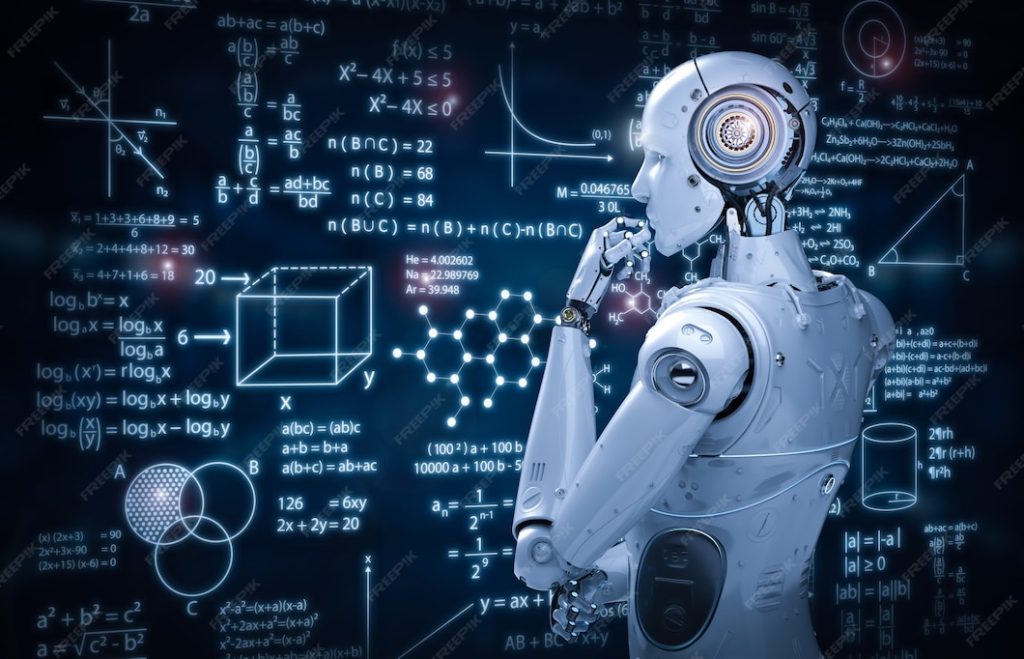Data science and machine learning are among the most in-demand fields in technology. Both play a crucial role in helping organizations turn massive amounts of raw data into meaningful insights and predictions. While related, they serve different functions and require different skill sets.
What is Data Science?
Data science is a multidisciplinary field that extracts value from large datasets. It combines statistics, programming, and business understanding to find insights that solve problems. The process involves collecting data, cleaning it, and analyzing it to uncover patterns or trends.
Key components include:
- Data mining and analytics
- Statistical modeling
- Programming
- Machine learning integration
Data science helps define the business problem first. For example, is a company facing declining revenue, supply chain inefficiencies, or customer churn? Once the problem is clear, data scientists identify and prepare the right data for analysis. The insights generated then guide machine learning applications.
What is Machine Learning?
Machine learning (ML) is a subset of artificial intelligence. It focuses on creating algorithms that allow machines to learn from data and make predictions without being explicitly programmed. Unlike data science, which defines the problem, ML takes prepared data and builds models that improve over time with more information.
Common machine learning tasks include:
- Predicting customer behavior
- Automating decision-making
- Identifying patterns in large datasets
- Powering recommendation engines
Machine learning can process massive amounts of data at a speed and scale that humans cannot match. For example, credit risk models in banking or recommendation engines in e-commerce depend heavily on ML.
How They Work Together
Data science and machine learning are complementary. Data science frames the business problem, prepares and cleans the data, and ensures the data is ready for modeling. Machine learning then builds algorithms that learn from the data and generate predictions or classifications.
For example, in healthcare, data science might identify patient risk factors, while machine learning models predict the likelihood of a stroke based on those factors.
Challenges in Data Science
- Up to 80% of a data scientist’s time can be spent cleaning and preparing data
- Communicating insights to non-technical stakeholders is difficult
- Data privacy and security remain ongoing concerns
- Aligning the right KPIs with business goals is often complex
Challenges in Machine Learning
- Models can inherit biases from the datasets they are trained on
- Lack of transparency in algorithmic decision-making raises accountability questions
- Ethical concerns exist about how data is collected and used
- Some fear job loss, though new roles are also being created
Evolution of Both Fields
- The term data science first appeared in the 1960s, but it became a separate discipline in 2001. Today, it is central to almost every industry.
- Machine learning dates back to the 1950s, when Alan Turing asked if machines could think. By the 1960s, programs like Arthur Samuel’s checkers-playing system proved that machines could learn. Today, ML powers everything from voice assistants to self-driving cars.
Use Cases of Data Science
- E-commerce platforms using predictive analytics for recommendations
- Banks using ML-driven risk models for faster loan approvals
- Law enforcement using statistical analysis to deploy officers efficiently
- Transportation companies predicting demand in real time
Use Cases of Machine Learning
- Social media platforms predicting user interests
- Streaming services recommending shows and movies
- Autonomous vehicles navigating traffic
- Medical platforms predicting treatment outcomes
Skills Required
For data science: SQL, statistics, data visualization, programming, and domain knowledge.
For machine learning: Python, applied mathematics, probability, algorithms, and big data tools like Hadoop.
Data science defines problems and prepares data. Machine learning uses that data to build predictive models. Together, they drive innovation across industries, from healthcare and finance to e-commerce and transportation. Organizations that integrate both effectively gain a competitive advantage through smarter, data-driven decisions.











